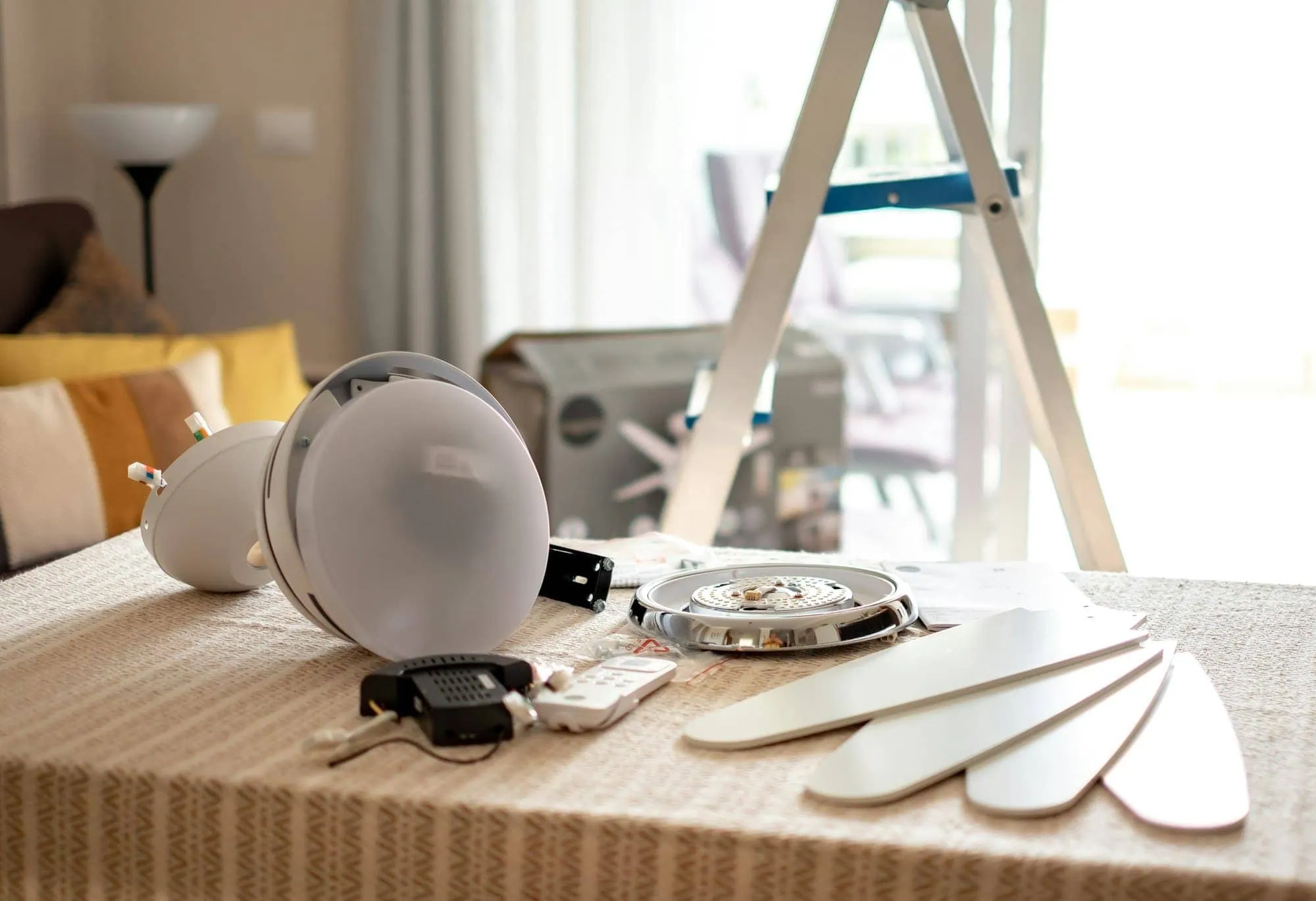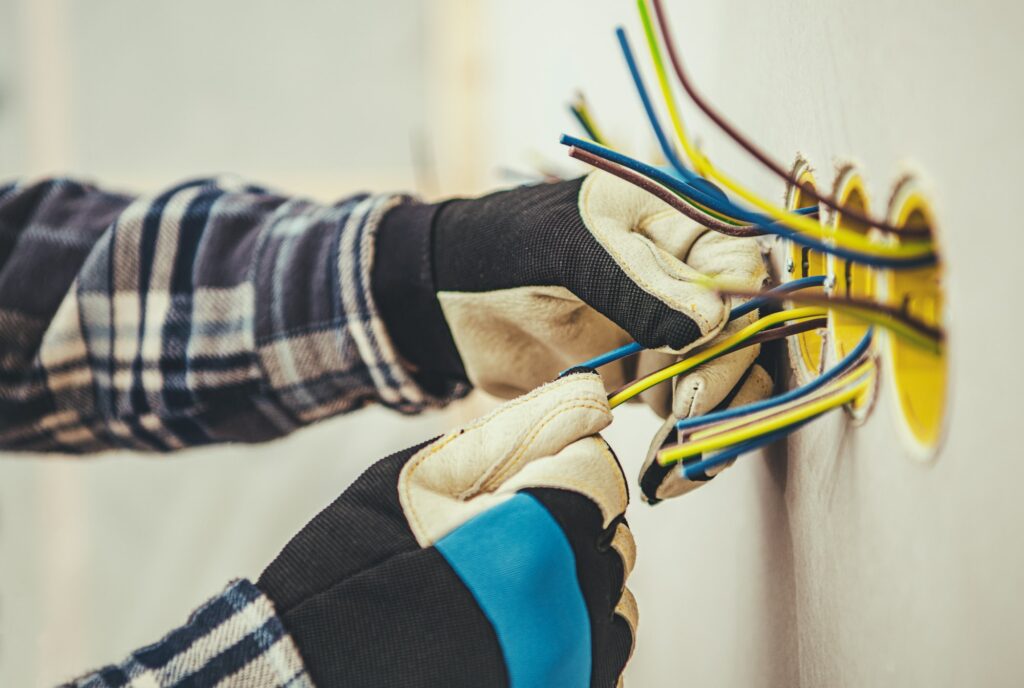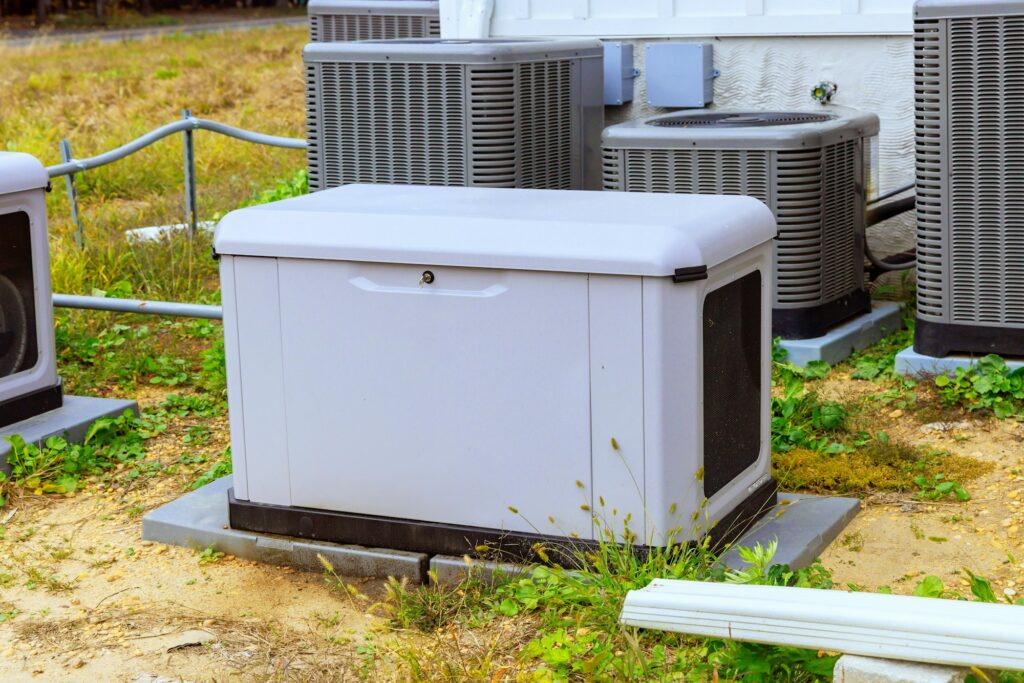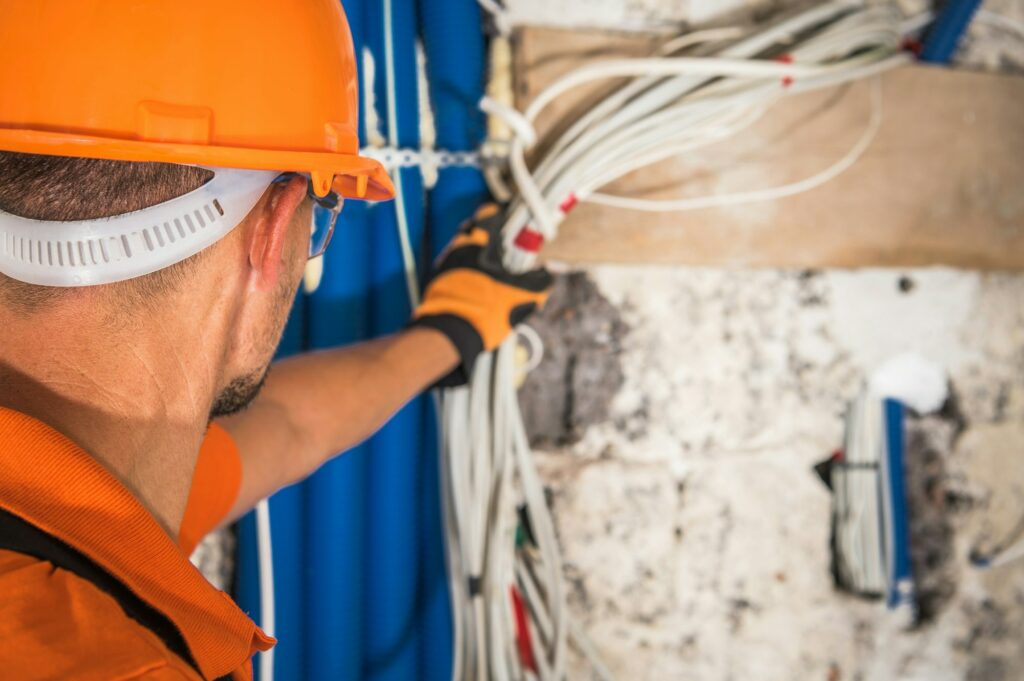Ceiling Fan Installation Guide for Northern Nevada
Installing a ceiling fan is a popular home improvement project in Northern Nevada, where the climate can swing from hot summers to cold winters. Not only do ceiling fans provide energy-efficient cooling, but they can also be used to help circulate warm air during cooler months, making them an excellent addition to any home. In this post, we’ll guide you through the process of selecting and installing a ceiling fan tailored to the unique needs of Northern Nevada residents.
Choosing the Right Ceiling Fan
Before diving into the installation process, it’s crucial to select the right fan for your home. Consider the following factors:
- Size: The size of the fan should be proportional to the room. A general rule of thumb is a 36-inch fan for rooms up to 100 square feet, a 42-inch fan for rooms up to 200 square feet, and a 52-inch fan for larger rooms.
- Blade Pitch: The angle of the fan blades affects airflow. Look for a blade pitch of about 12 to 14 degrees for optimal air movement.
- Motor Type: Opt for a high-quality motor that promises quiet operation and long-lasting performance. Energy-efficient motors are ideal for reducing power consumption.
- Style and Features: Choose a fan that matches your home’s décor. Also, consider features like remote controls, variable speeds, and reversible motors for year-round usage.
Installation Preparation
Once you’ve chosen your ceiling fan, gather the necessary tools and materials for installation. Here’s what you’ll typically need:
- Ceiling fan kit
- Screwdriver
- Wire strippers
- Ladder
- Voltage tester
- Additional wiring and connectors (if not included in the kit)
- Ensure that the power is turned off at the circuit breaker before starting the installation to prevent any electrical hazards.
Mounting the Fan
- Secure the Mounting Bracket: Attach the mounting bracket to the ceiling box, making sure it’s firm and secure to support the weight of the fan.
- Prepare the Fan Motor: If your fan has a downrod, attach it to the motor before hanging the fan. This is common in homes with high ceilings.
Wiring the Fan
- Connect the Wires: Match the fan’s wires with your home’s wiring—typically, black to black (hot), white to white (neutral), and green or bare to green or bare (ground). Use wire nuts to secure the connections.
- Tuck the Wires: Carefully place the wires into the ceiling box and set the motor into the bracket.
Attaching Blades and Lighting
- Install the Blades: Attach each blade to the motor. Ensure all screws are tight to avoid any wobbling.
- Add Lighting: If your fan includes a lighting kit, assemble and connect it according to the manufacturer’s instructions.
Testing and Maintenance
- Test the Fan: Turn the power back on and test the fan for operation and balance. Use a balancing kit if there is any noticeable wobble.
- Regular Maintenance: Clean the blades regularly to maintain efficient airflow and check for any loose fittings.
Your Next Step with Ohms Electric
Ready to enhance your home’s electrical safety and efficiency? Contact Ohms Electric today. Our experienced electricians can provide personalized advice tailored to your home’s unique needs and carry out any necessary installations or repairs.
When you choose Ohms Electric for Ceiling Fan Installation, you’re not just getting a service – you’re getting peace of mind, knowing that your home’s electrical systems are in the hands of qualified professionals.
Contact us today to schedule a service appointment or discuss your electrical needs. At Ohms Electric, we’re lighting the way to a safer, more energy-efficient future for homes across Northern Nevada.




